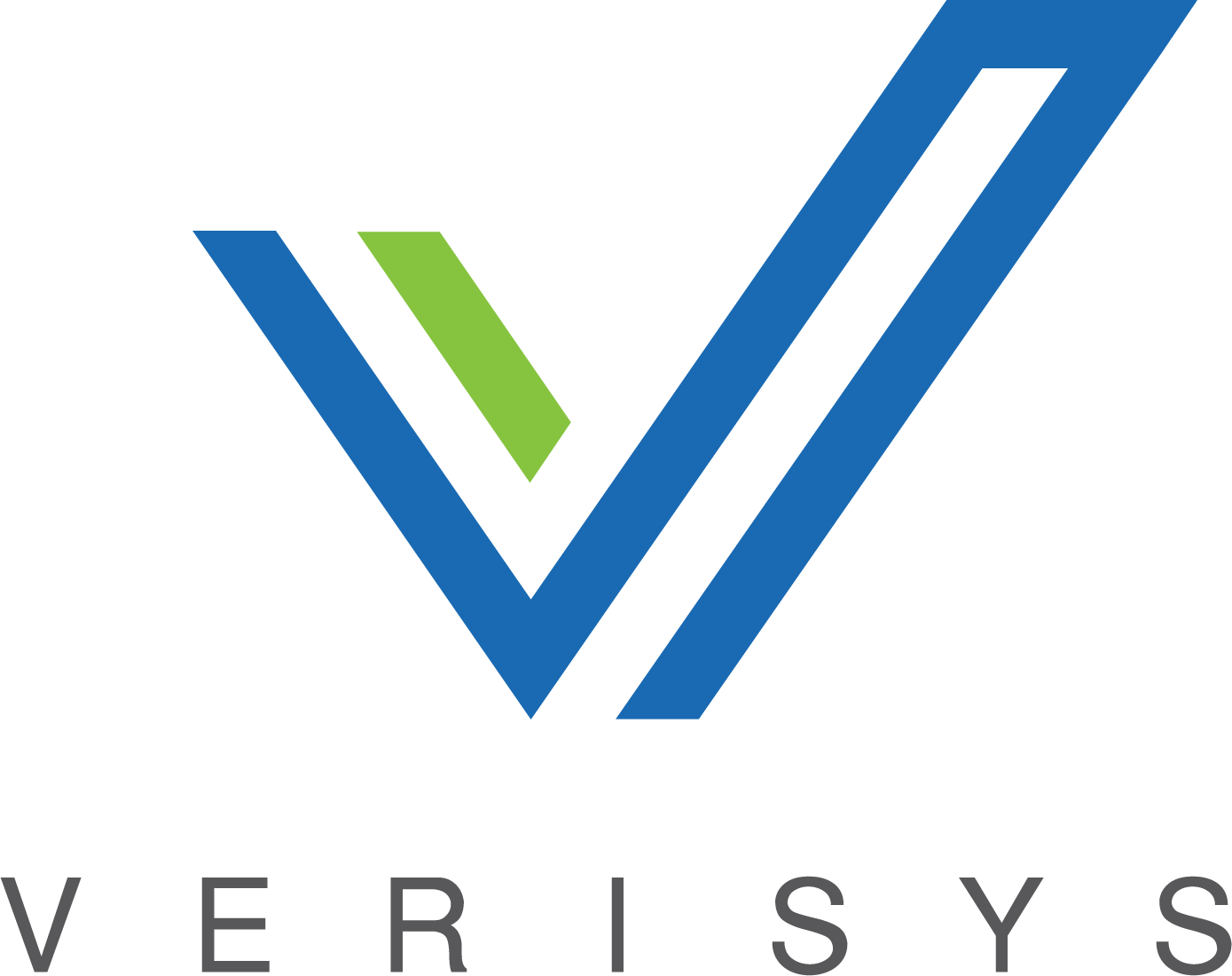– The best resource for monthly healthcare regulatory compliance updates. Compliance Updates: April 2024 Overlook: Licensure Compacts Other Legislation Board Updates Interstate Medical...


The process of getting credentialed with medical insurance companies is also known as provider enrollment and is the first step of the process for inclusion into payment panels. While the process can be time-intensive, provider enrollment is the only way a healthcare provider organization can become an in-network provider and be paid by insurance companies.
Although enrollment requirements differ among payers, these steps will get you started. Don’t sleep on the process; getting enrolled and credentialed with an insurance company can take anywhere from 90 to 150 days. Missteps or postponement can cause cash flow delays and scheduling issues for your healthcare organization.
The first step to provider enrollment is credentialing. Here are the steps to keep in mind when undergoing credentialing:
Once the Credentialing Process Is Complete
Once the credentialing process is complete, the second step of provider enrollment is contracting with the insurance networks. The contracting process is the agreement that you will make with insurance companies. Contracting is separate from credentialing and is drafted by a contracting representative with whom you will review the language of the contract, discuss reimbursement rates, and all the details and responsibilities of participation. Your agreement will be mailed to you for review and a signature. It is critical to thoroughly review the fee schedule. If the fee schedule is not included in your agreement, you may request it.
Once your contract is signed and returned to the payer, you will be designated an effective date and provider number in your letter of participation. After you receive your letter of participation, your organization should ensure that the billing system is updated to begin receiving claim reimbursement. This part of the process may take 30-45 days, so the faster you update your billing system, the quicker your healthcare organization will be reimbursed.
The In-Network Billing Process
Once your organization is enrolled in-network, your healthcare organization should establish a process for billing your health plan for services. By establishing a routine process, your organization can avoid costly delays.
Streamline collections by:
 |
Written by Verisys Verisys transforms provider data, workforce data, and relationship management. Healthcare, life science, and background screening organizations rely on our comprehensive solutions to discover their true potential. Visit verisys.com to learn how we turn problems into power.
|